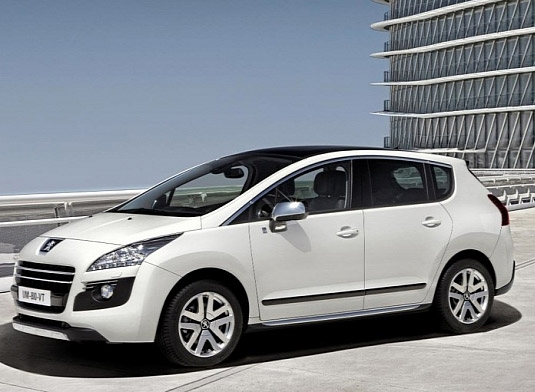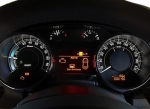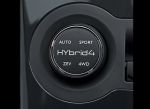25 August 2010 - Marrying diesel and hybrid technology has long been deemed too expensive. However, Peugeot has just announced the 3008 Crossover Hybrid 4 as the first diesel “full hybrid” production car in the world. The Peugeot 3008 Crossover, with HYbrid4 technology, is the first diesel ‘Full Hybrid’ production car in the world.
By launching the world’s first diesel full hybrid vehicle – the 3008 HYbrid 4 – Peugeot will be writing a new chapter in motoring history.
Peugeot said the combination of a fuel efficient 2.0 litre 163bhp HDi diesel engine and a 37bhp electric motor is the optimal combination for a hybrid vehicle. Peugeot says that in n the European Combined Drive Cycle, fuel consumption of 74.4mpg is possible, extremely impressive for a vehicle that can put power down to all four wheels.
Unlike previous hybrid vehicles which have chosen to use a less fuel efficient petrol engine, the Peugeot 3008 HYbrid4’s diesel engine provides superior Combined Drive Cycle fuel consumption of 74.4mpg, and CO2 emissions of 99g/km.
The use of diesel hybrid technology also brings a range of other benefits:
-High performance combined with excellent driveability
-Freedom and simplicity of use with the possibility of choosing four different operating modes: ZEV (Zero Emission Vehicle), Four-wheel drive, Auto and Sport
-Silent operation, when driving in electric only mode
-Peace of mind offered by the safety inherent in a four-wheel drive vehicle
-Environmental friendliness with CO2 emissions from 99g/km
In terms of performance, the Peugeot 3008 HYbrid4 benefits from the combined power of the HDi diesel engine and electric motor during acceleration and when an immediate surge of power is required (the “boost” function).
The maximum combined power output is 200bhp, 163bhp from the 2.0 litre HDi FAP diesel engine and 37 bhp from the electric motor.
A maximum torque of 500 Nm is available, split with 300Nm at the front from the HDi diesel engine and 200 Nm at the rear generated by the electric motor.
Source: AutoEvolution





